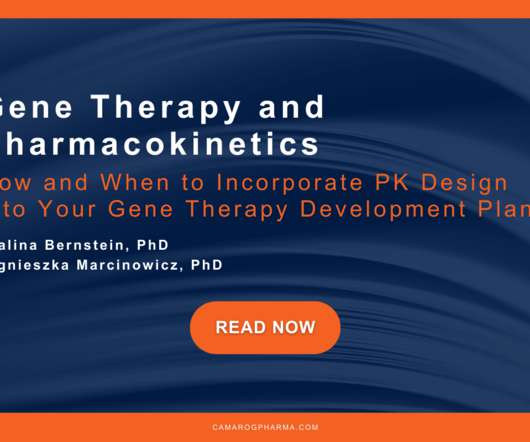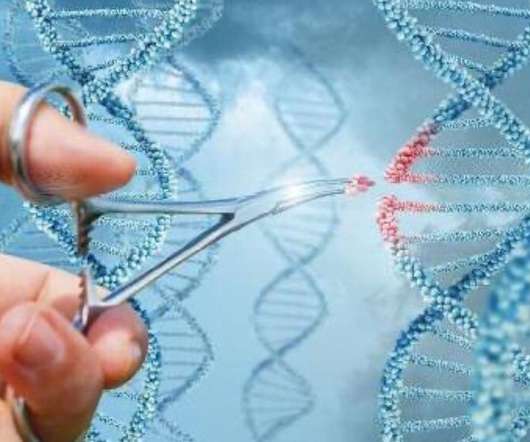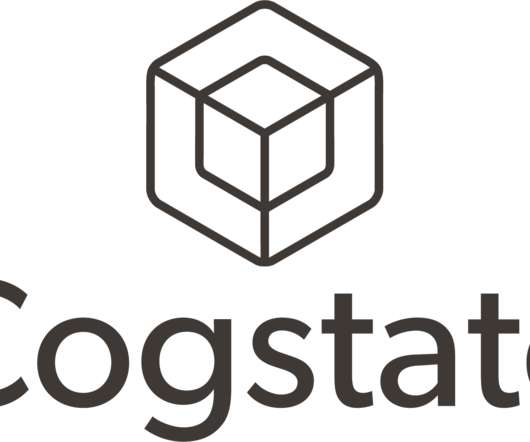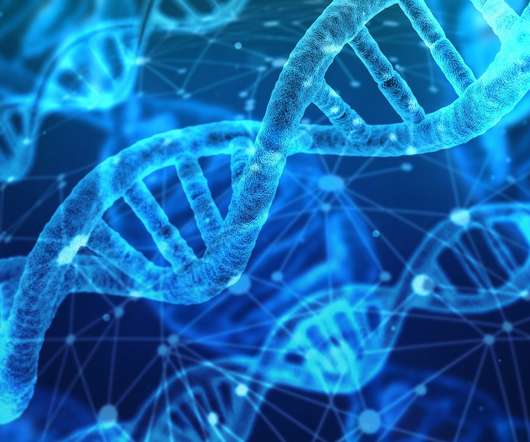Gene Therapy and Pharmacokinetics
Camargo
JULY 27, 2021
How and When to Incorporate PK Design into Your Gene Therapy Development Plan. Gene therapy, which was in its infancy around 30 years ago, is now becoming a more prominent treatment method in many therapeutic areas, from personalized therapy to mass vaccinations against COVID-19. Gene Therapy Definition.

















Let's personalize your content